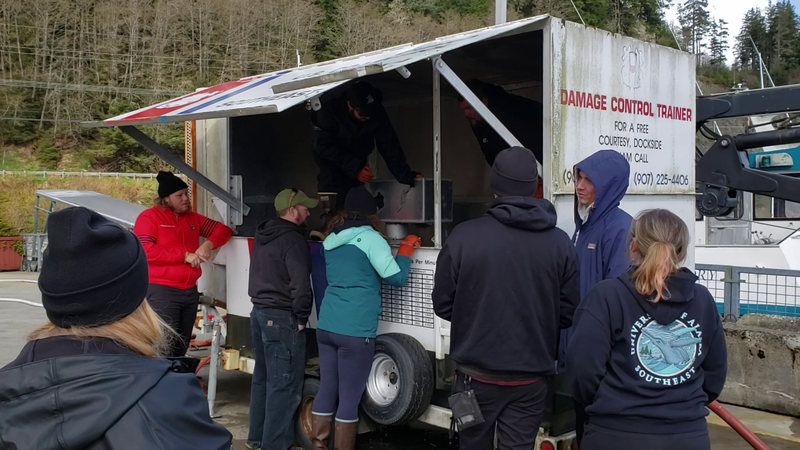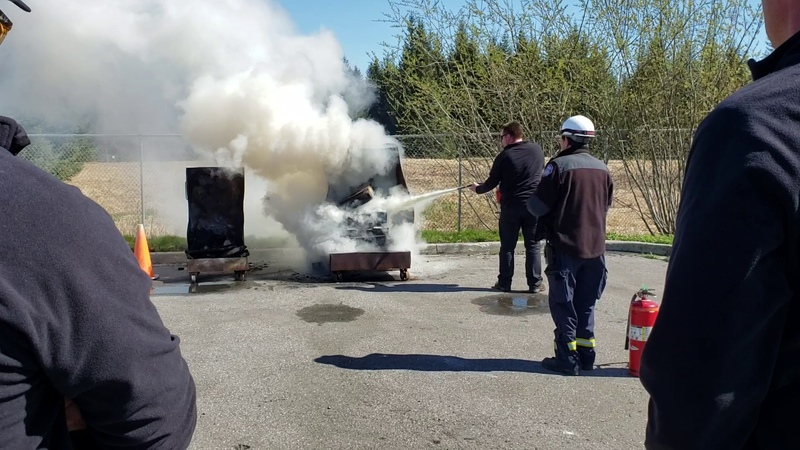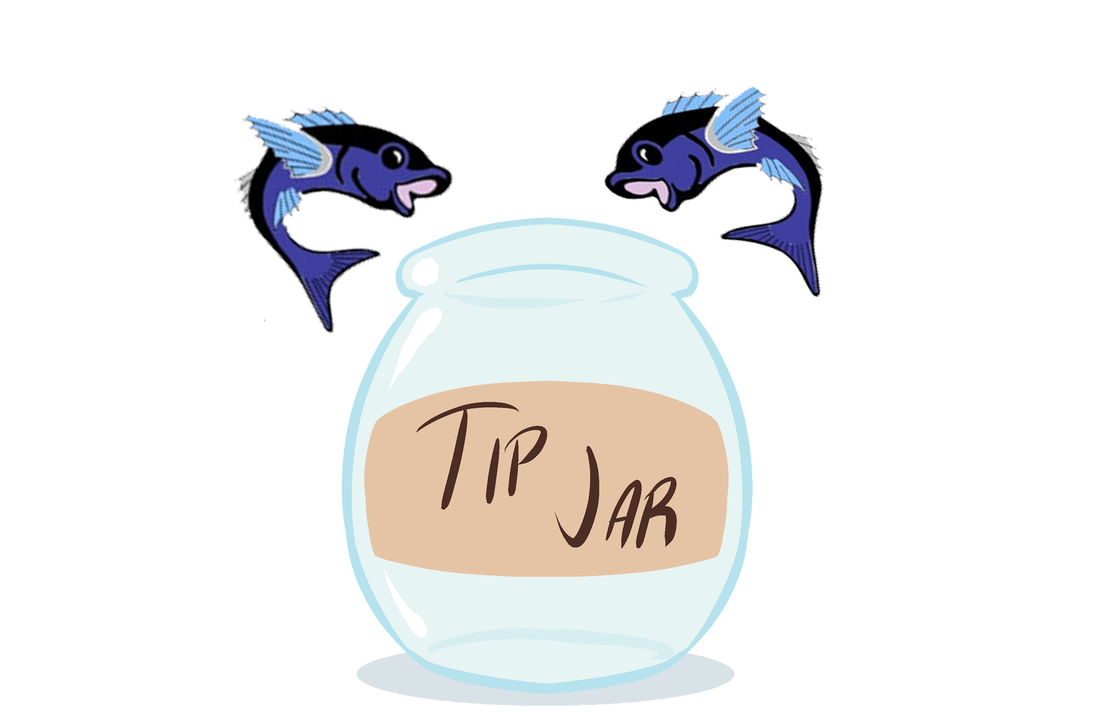My first official day at Allen Marine Tours went much like any job. Lots of paperwork, orientation, and an overview of their vessels. They have a really thorough training period for their vessel crews. They cover everything from customer service and retail to aspects of the vessel operation, safety, and tour expectations. They have time allotted for refresher training on firefighting, and CPR/First Aid. They do a lot as a company to try and ensure every crew member is well trained before the season starts. After the 2 weeks of training it would become readily apparent why they take this time before the season really starts. Once the cruise ships start coming into the ports of Alaska and the guests start showing up for tours the operational tempo increases pretty dramatically and it doesn’t stop until September.
I was assigned to the Katlian Express, a 65’ 48 passenger aluminum monohull jet boat for the season. Most of the Allen Marine boats are jet boats. This gives them the ability to be shallow draft and have no exposed running gear to get fouled in fishing gear or damaged by floating debris. Most of their operations are in the Alaskan Inside Passage. This is a mostly protected body of water similar to the Intracoastal Waterway along the Atlantic and Gulf coast. Since it is a fairly protected body of water a shallow draft vessel is perfect.
The crews were assigned and I had a deckhand and a naturalist aboard as crew. The deckhand basically works on the vessel at dock and underway to make sure the vessel is operating the way it should. The naturalist guides the tour and helps the guests take in and understand all the wildlife and scenery during the tour. When arriving or departing a dock both crew will manage lines and fenders to make sure the vessel is safe and secure for our guests. After a little time working together it’s a finely tuned crew that can depart and arrive at the dock, unload and load passengers seamlessly.
During training I was lucky enough to be able to get a handover of the vessel from last year’s captain. Stu was a wealth of knowledge, a great boat handler and instructor. We did a few trips together and soon I was operating the vessel with passengers and crew unsupervised. It wasn’t too much of a struggle to operate the vessel. Driving boats is driving boats. When you take charge of a new vessel it’s more a matter of learning the new layout, systems, and nuance of the vessel. Each one is just a little different. Eventually you’ll be whipping it in and out of a dock like you’ve been doing it for years. My crew and I would be doing 2-4 tours a day 6 or 7 days a week. When you are on the water for 12 plus hours a day departing and docking that many times a day it quickly becomes second hand.
I was assigned to the Katlian Express, a 65’ 48 passenger aluminum monohull jet boat for the season. Most of the Allen Marine boats are jet boats. This gives them the ability to be shallow draft and have no exposed running gear to get fouled in fishing gear or damaged by floating debris. Most of their operations are in the Alaskan Inside Passage. This is a mostly protected body of water similar to the Intracoastal Waterway along the Atlantic and Gulf coast. Since it is a fairly protected body of water a shallow draft vessel is perfect.
The crews were assigned and I had a deckhand and a naturalist aboard as crew. The deckhand basically works on the vessel at dock and underway to make sure the vessel is operating the way it should. The naturalist guides the tour and helps the guests take in and understand all the wildlife and scenery during the tour. When arriving or departing a dock both crew will manage lines and fenders to make sure the vessel is safe and secure for our guests. After a little time working together it’s a finely tuned crew that can depart and arrive at the dock, unload and load passengers seamlessly.
During training I was lucky enough to be able to get a handover of the vessel from last year’s captain. Stu was a wealth of knowledge, a great boat handler and instructor. We did a few trips together and soon I was operating the vessel with passengers and crew unsupervised. It wasn’t too much of a struggle to operate the vessel. Driving boats is driving boats. When you take charge of a new vessel it’s more a matter of learning the new layout, systems, and nuance of the vessel. Each one is just a little different. Eventually you’ll be whipping it in and out of a dock like you’ve been doing it for years. My crew and I would be doing 2-4 tours a day 6 or 7 days a week. When you are on the water for 12 plus hours a day departing and docking that many times a day it quickly becomes second hand.




 RSS Feed
RSS Feed

